At the heart of Japanese landscapes, the Lycoris radiata, better known as Higanbana, displays its scarlet splendor, capturing attention and arousing curiosity. This flower, much more than just a botanical marvel, is shrouded in deep cultural and historical significance in Japan. Let's dive into the world of Higanbana to discover its mysteries and its symbolism.
MEANING OF THE JAPANESE RED FLOWER LYCORIS RADIATA HIGANBANA
Lycoris radiata, commonly known as Higanbana in Japan, embodies a deep meaning that extends beyond its magnificent appearance. Sporting a vibrant red hue, this flower is closely associated with the autumnal equinox, symbolizing a moment of transition between the seasons and between the worlds of the living and the dead. Higanbana often bears the weight of mourning and commemoration, as it frequently blooms in Buddhist cemeteries and temples, serving as a poignant reminder of the transience of life. Its bright color, while evoking passion, also carries a warning, asHiganbanais known for its toxicity, adding a complex dimension to its meaning.
Beyond its association with death, Higanbana also carries spiritual connotations. Some consider her to be a messenger between heaven and earth, acting as a bridge between the two realms. It thus embodies the idea of transcendence and transformation, inviting those who observe it to reflect on the cyclical nature of life and death. Higanbana's duality, combining haunting beauty and latent danger, makes it a flower that commands both admiration and respect, reminding observers of the rich cultural and symbolic meanings that can be encapsulated in a simple but powerful creation of nature.

THE HISTORY OF THE HIGANBANA FLOWER
Thehistory of the Higanbana flower dates back centuries in Japan, intertwining with legends and traditions deeply rooted in the country's culture. Higanbana is said to often bloom in places associated with death, such as cemeteries and around Buddhist temples. This association has strengthened its reputation as a funerary flower, marking places of eternal rest with its dazzling red hues. According to popular beliefs, Higanbana is also linked to the Buddhist deity Kannon, the goddess of mercy, who is often worshiped at shrines where the flower thrives.
Over the centuries, Higanbana has also been celebrated in Japanese literature and art. Its appearances in haiku, traditional short poems, as well as prints and paintings, attest to its lasting cultural impact. The flower, with its unique blooming season, continues to inspire reflection on life, death and the fleeting nature of all existence. Its presence in Japan's visual and literary culture makes it an iconic figure, carrying with it layers of symbolism and beauty beyond its status as a simple plant.

THE DIFFERENT NAMES OF THE JAPANESE RED FLOWER LYCORIS RADIATA
The Japanese red flower Lycoris radiata is known by a variety of names, each contributing to its rich cultural and botanical significance. One of its most common names is "Higanbana", which is often used to describe this flower which usually blooms during the Higan period, a week-long Buddhist celebration at the equinox of 'autumn. This name closely connects the flower to religious beliefs and rituals associated with commemorating deceased ancestors.
In some regions of Japan, Lycoris radiata is also called "Manjusaka", a term taken from Buddhist mythology. According to legend, Manjusaka was a young girl who, after waiting for the return of her beloved for many years, transformed into this flower. This name adds a poetic and romantic dimension to Lycoris radiata, echoing stories of love and separation. These different names reflect the diversity of cultural and religious perspectives that surround this enigmatic flower in Japan.

WHAT IS THE NAME OF THE FLOWER IN TOKYO GHOUL?
In the universe of Tokyo Ghoul, Lycoris radiata is symbolically associated with ghouls, fantastic creatures that feed on human flesh. The flower, called "Lycoris", becomes a recurring visual element in the story, serving as a poetic metaphor for the complex and often tragic nature of relationships between ghouls and humans. Her scarlet appearance in the anime and manga creates a stark contrast, reinforcing the idea that even in the midst of darkness, beauty can emerge.
The deliberate choice to include the Lycoris radiata in Tokyo Ghoul is not only aesthetic, but also symbolic. It serves to highlight the duality and moral conflicts present in the story, adding a layer of emotional depth to this flower already loaded with cultural and religious meanings in Japan.

THE DIFFERENT LYCORIS RADIATA HIGANBANA VARIETIES
The Lycoris radiata exists in several varieties which present nuances in their characteristics, among them, the "Higanbana Shinsengumi" stands out for its deep red petals and its appearance elegant. Another notable variety is the "Higanbana Shimobashira", characterized by its thinner petals and bright red hue, adding visual diversity to the gardens where it flowers.
Each of these varieties contributes to the richness of the symbolism surrounding the Higanbana flower. Whether planted for their ornamental beauty or evoking deep cultural histories, these different varieties demonstrate Lycoris radiata's continuing fascination in the Japanese floral landscape.

WHERE DOES LYCORIS RADIATA GROW?
Lycoris radiata Higanbana generally grows in very specific environments in Japan, it is often found along rivers, in humid plains and mountainous areas. These locations provide the ideal blend of humidity, well-drained soil, and climate conditions suitable for growing this iconic flower. Lycoris are particularly associated with river banks, creating spectacular views when these vibrant red flowers bloom in clusters.
The prevalence of Lycoris radiata in these regions makes it an integral part of the Japanese landscape during the flowering season, adding a splash of bright and captivating color to the surrounding nature. It is in these contexts that the Higanbana flower displays all its charm and cultural significance.

HOW TO CARE FOR HIGANBANA FLOWERS?
Caring for Higanbana flowers, although simple, requires special attention to ensure their health and optimal flowering. These plants prefer well-drained soils rich in organic matter. It is recommended to plant the bulbs at a depth of approximately 10 to 15 centimeters in the soil. During the growing season, regular watering is essential, taking care to keep the soil slightly moist without being soggy.
Higanbana plants thrive best in sunny or partially shaded locations, so exposure to full sun encourages abundant flowering. During the rest period, usually in summer, when the plant has finished flowering, it is advisable to gradually reduce watering to simulate the drier conditions of the summer season. This rest period is crucial to the Higanbana life cycle, allowing the plant to store energy for the next flowering season.

THE PRESENCE OF LYCORIS RADIATA ON TRADITIONAL CLOTHING
Lycoris radiata transcends its role in nature to enter the world of traditional Japanese clothing . Its appearance on kimonos , haoris and other pieces of clothing dates back centuries. Floral designs, including Higanbana, are often incorporated into the delicate silk of kimonos, adding an artistic and symbolic dimension to these iconic garments .
The presence of Lycoris radiata on traditional clothing goes beyond aesthetics. These red flowers are loaded with cultural and spiritual meanings, and their integration into clothing reinforces the link between nature, symbolism and artistic expression. It is a tribute to the richness of Japanese flora and a celebration of ephemeral beauty, captured in the splendor of the Higanbana that adorn traditional fabrics.




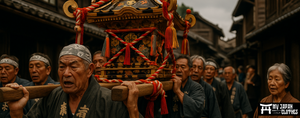







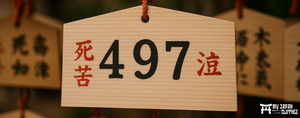








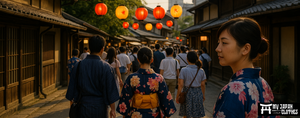
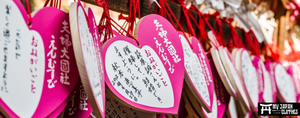

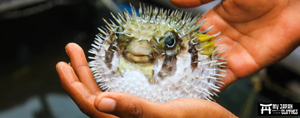

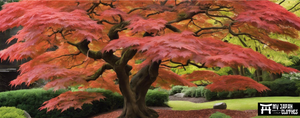

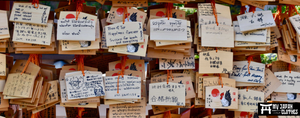















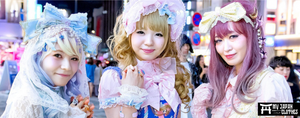

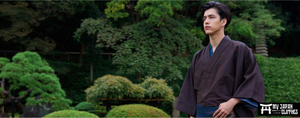

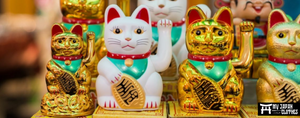


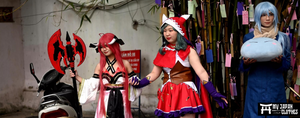
Leave a comment